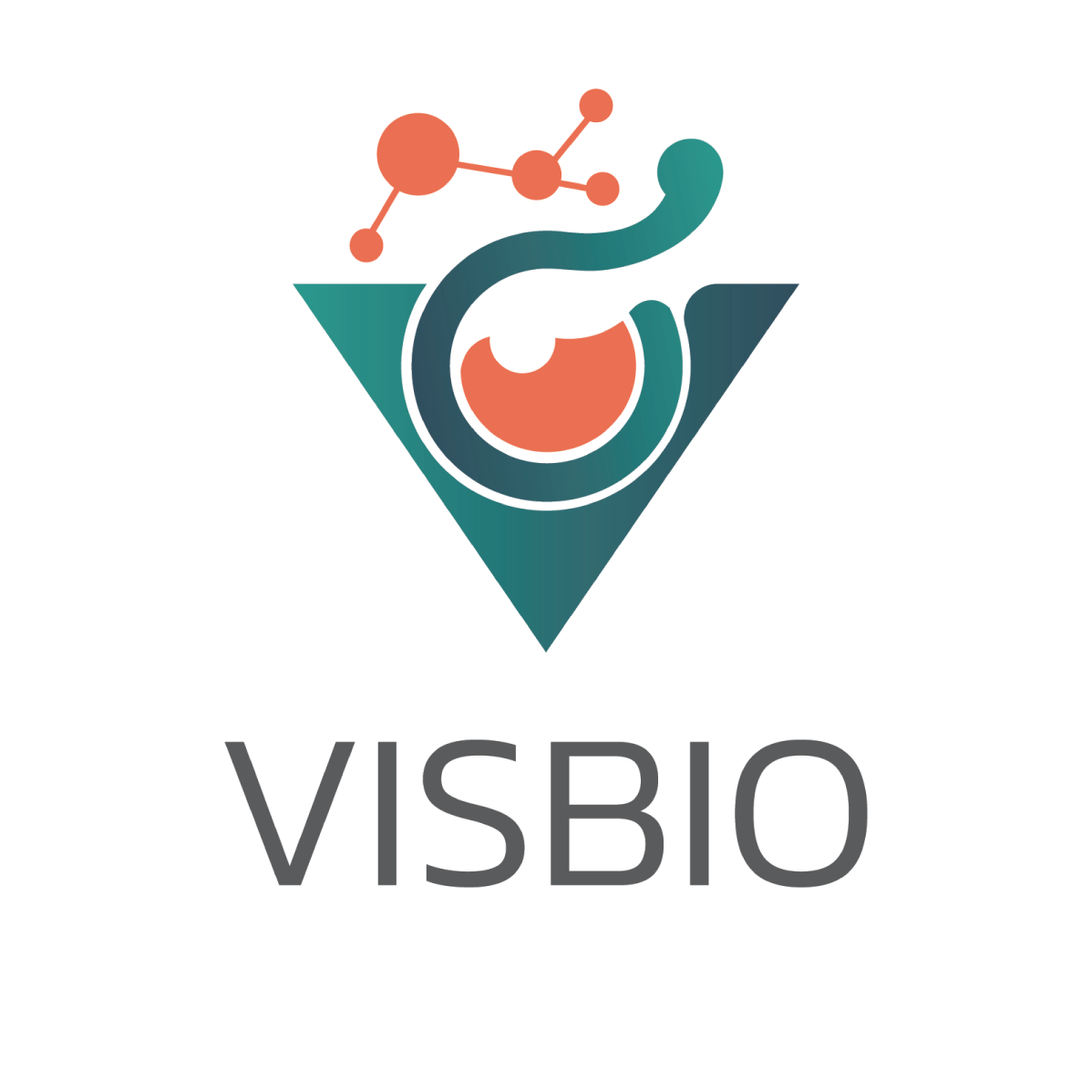As global efforts toward advanced antiviral strategies continue, scientists are identifying novel molecular interactions that could serve as powerful platforms for developing future-generation therapeutics. Among the most promising discoveries is a synthetic HIV-1 Blocking Peptide capable of interfering with a critical protein interaction involved in HIV-1 replication. The focus lies on a small but highly specific peptide sequence that binds to human lysyl-tRNA synthetase (LysRS). This action disrupts the interaction between LysRS and the capsid C-terminal domain (CA-CTD) of HIV-1, a mechanism essential for the assembly of new, infectious viral particles.
While the core application of this discovery lies in future antiviral drug research, the underlying mechanism introduces broader opportunities in immunity-supporting peptides, viral entry inhibitors, and preventative health supplements. The peptide’s specificity, its unique mechanism rooted in host-pathogen protein interaction inhibition, and its potential safety make it a molecular template for the future of targeted bioactive formulations. This aligns perfectly with the growing interest in peptide-based ingredients that can be used not only therapeutically but also in the preventative and wellness sectors to support the body’s natural defenses.
A Novel Antiviral Strategy Targeting the LysRS and CA-CTD Interface
To replicate successfully, HIV-1 must hijack the host’s cellular machinery. One of the most critical steps in this process is the assembly of new viral particles, which involves recruiting human LysRS to the virus’s replication complex. This recruitment happens through a direct interaction with the virus’s CA-CTD. The purpose of this is to ensure the proper packaging of a specific molecule, tRNA(Lys3), into new virions, which is an essential primer for the reverse transcription process. Without this step, the virus cannot create infectious copies of itself.
By mimicking a short, 10-amino acid sequence from the CA-CTD, the newly studied peptide (named sh-H4) acts as a molecular decoy. It effectively binds to the site on LysRS that the virus would normally use, physically blocking the recruitment site. This clever interruption prevents the formation of the essential viral complex without needing to attack the virus directly and without damaging the host cell’s own machinery. Because this mechanism targets a host-pathogen protein interaction rather than a viral enzyme, it makes it much more difficult for the virus to develop resistance, a major challenge in antiviral therapy.
Validating the HIV-1 Blocking Peptide with In Silico and In Vitro Studies
To validate the potential of this innovative peptide, researchers employed a powerful combination of both in vitro (laboratory-based) binding assays and in silico (computer-based) structural modeling. Molecular docking and molecular dynamics simulations showed a strong binding affinity between the synthetic sh-H4 peptide and the LysRS protein. These computational models also helped determine the specific amino acid residues involved in the binding process, providing a detailed molecular map of the interaction.
Crucially, these computational findings were confirmed with physical experiments. Circular dichroism experiments were used to analyze the peptide’s structure, confirming that it folds into a stable helical structure, which is essential for its ability to bind to LysRS correctly. This alignment between computational predictions and real-world bench validation provides high confidence in the peptide’s mechanism of action. For biotech developers and pharmaceutical innovators, this dual validation is key to reducing risk and accelerating the time-to-market for new therapeutic candidates.
Broader Applications in Immunity and Viral Defense
Although the current model of this HIV-1 Blocking Peptide targets a specific interaction, the broader implications of this strategy are clear: short peptides that block host-pathogen interactions offer a low-toxicity, modular, and highly adaptable strategy against a range of viruses. These applications can extend well into the consumer wellness and preventative health sectors.
- Immunity-Boosting Functional Peptides These peptides could be formulated into dietary supplements aimed at bolstering cellular defense systems. They are particularly relevant for vulnerable groups, including immunocompromised individuals, and could be combined with other immunity nutrients like zinc or selenium for synergistic effects.
- Preventive Skincare and Barrier Topicals The principle of blocking viral attachment proteins can be integrated into topical formats. Potential use cases include protective nasal sprays, oral rinses, and creams for mucosal protection, which are especially relevant for healthcare workers and frequent travelers.
- Adjuncts to Antiviral Regimens Supplements based on this mechanism could potentially support the efficacy of existing antiviral drugs by targeting a separate pathway. This could help reduce viral load buildup or delay the development of drug resistance, acting as a complementary active in combination therapies.
Advantages of Peptides as Host-Pathogen Interaction Blockers
Peptides offer distinct advantages over traditional small-molecule antivirals, making them a highly attractive area for modern therapeutic research.
- High Specificity: They can be designed to bind to a very specific target site, reducing the risk of off-target effects that can cause side effects.
- Low Toxicity: As they are made of amino acids, peptides are generally biodegradable and have a low toxicity profile.
- Adaptable Sequences: The amino acid sequence can be easily modified to optimize binding for different viral proteins or to enhance stability.
In the case of the CA-CTD mimic peptide, these benefits are enhanced by its ability to block a non-catalytic viral process (protein recruitment). This avoids placing selective pressure on the virus to mutate its core enzymes, which is a common cause of drug resistance, all while preserving the health and viability of the host cell.
Partnering with VISBIO for Antiviral Peptide Innovation
The discovery of such a peptide has implications that extend far beyond HIV-1. It demonstrates how rational peptide design, rooted in structural biology, can be applied to create powerful tools for viral entry inhibition, host-pathogen protein disruption, and immunity modulation. At VISBIO, we help clients explore these frontiers by offering specialized services in protein-protein interaction modeling, peptide synthesis and docking optimization, and custom peptide screening. Whether you’re developing antiviral actives, exploring preventive health supplements, or building topical barriers for immune support, VISBIO supports your pipeline from discovery to delivery. Contact us for a free consultation to learn more.

About the Author:
Associate Professor Dr. Kiattawee Choowongkomon is a leading expert in biochemistry and proteomics, specializing in the development of bioactive compounds for therapeutic applications. His research bridges traditional medicinal knowledge with modern scientific innovation, creating impactful health solutions.


